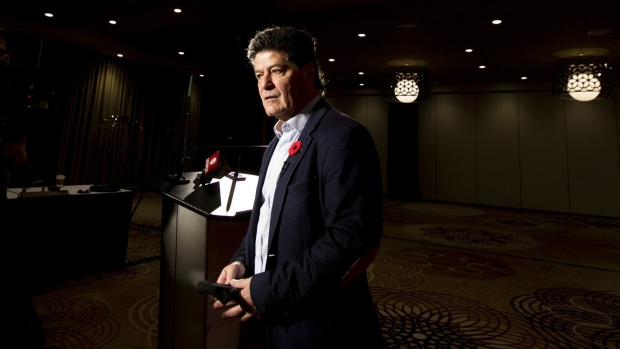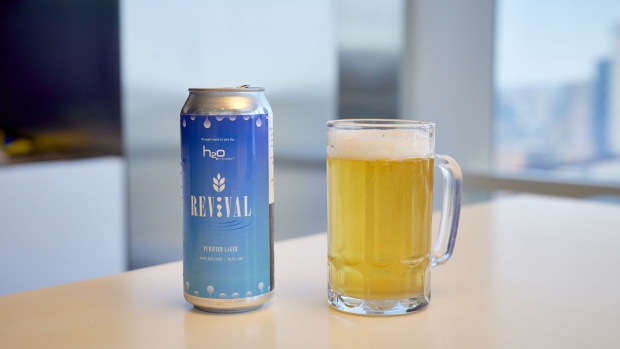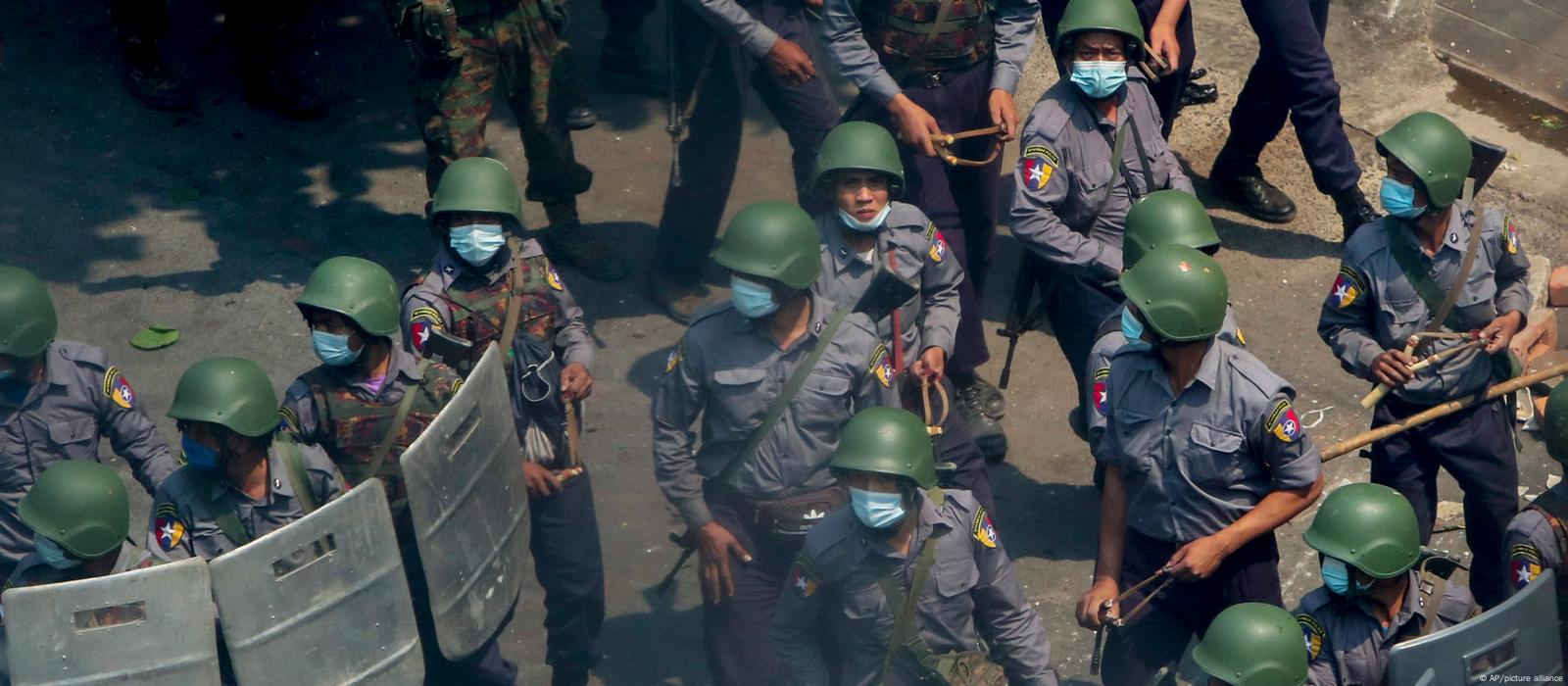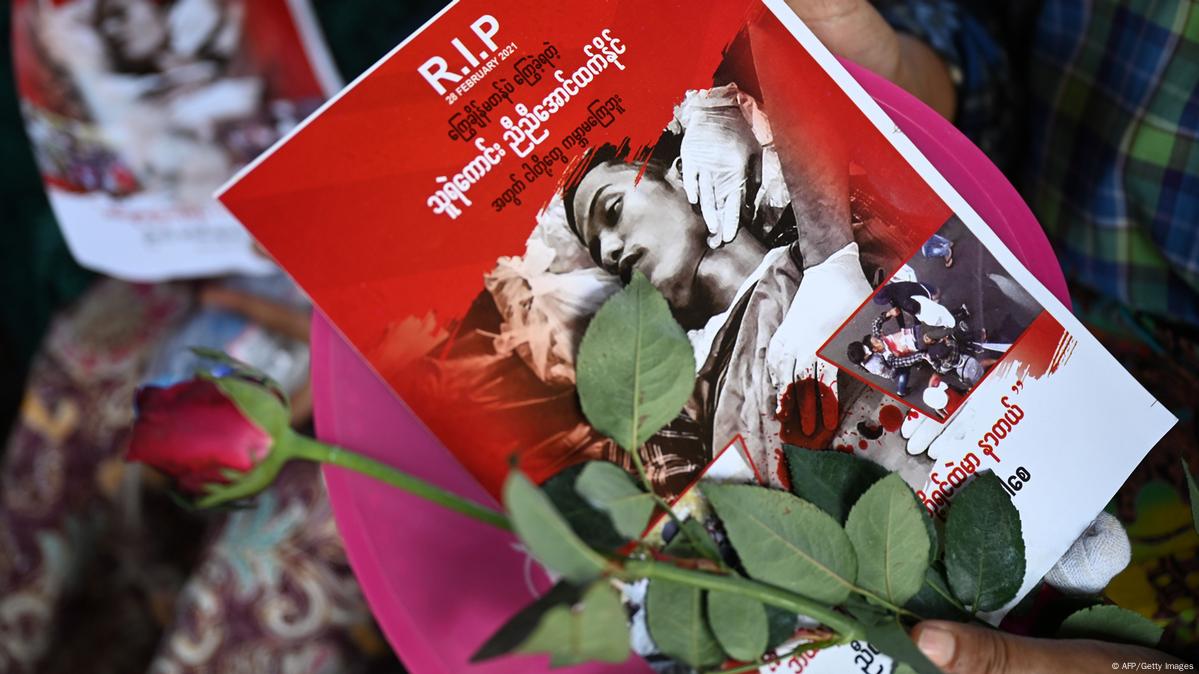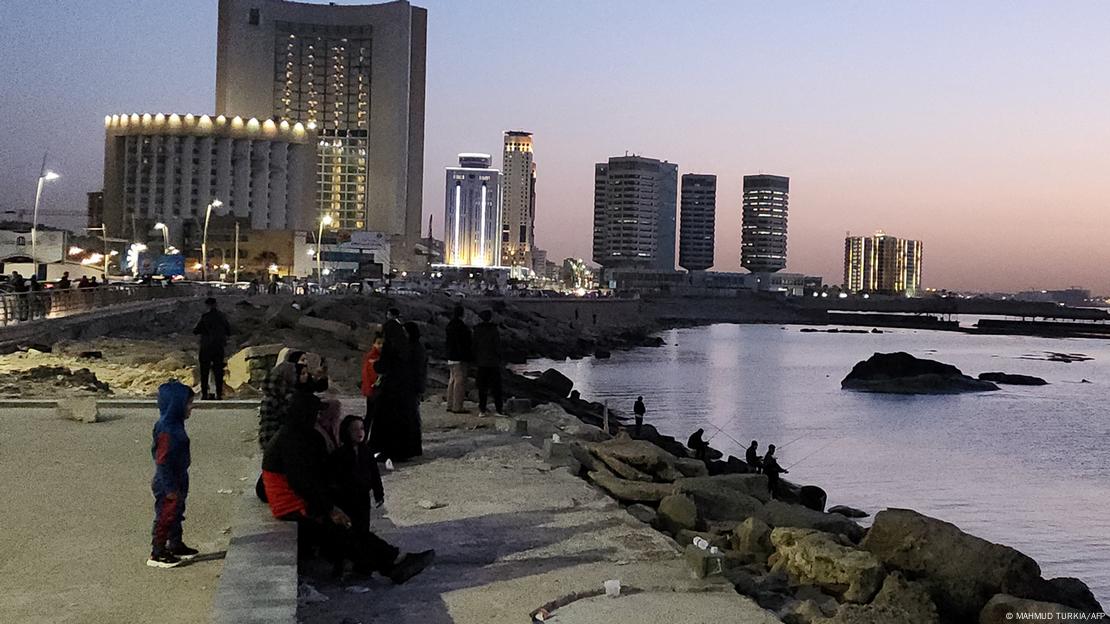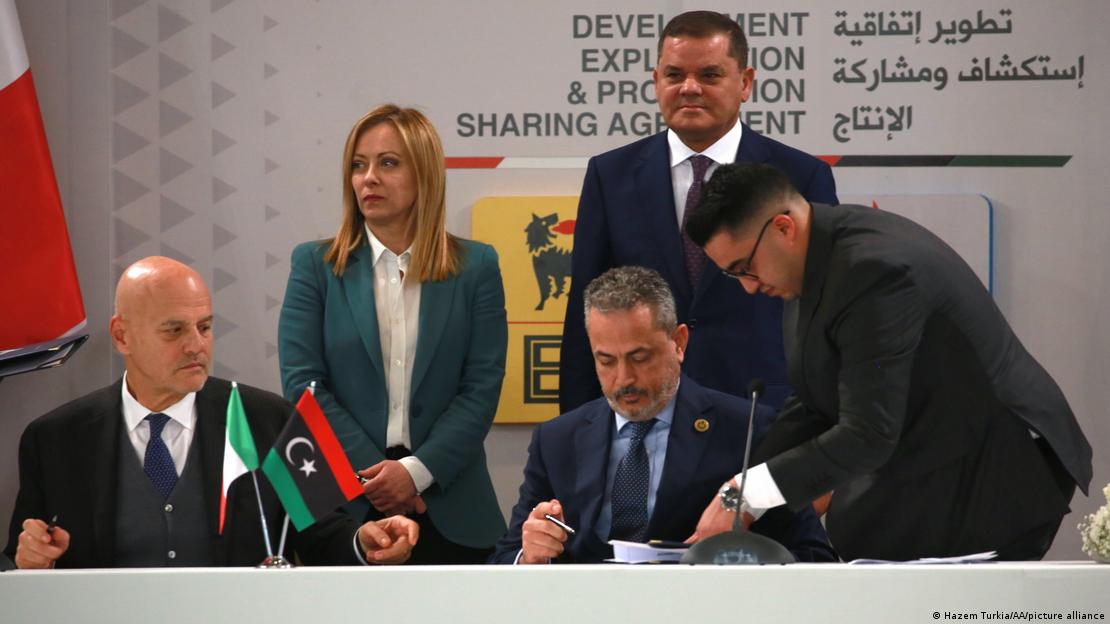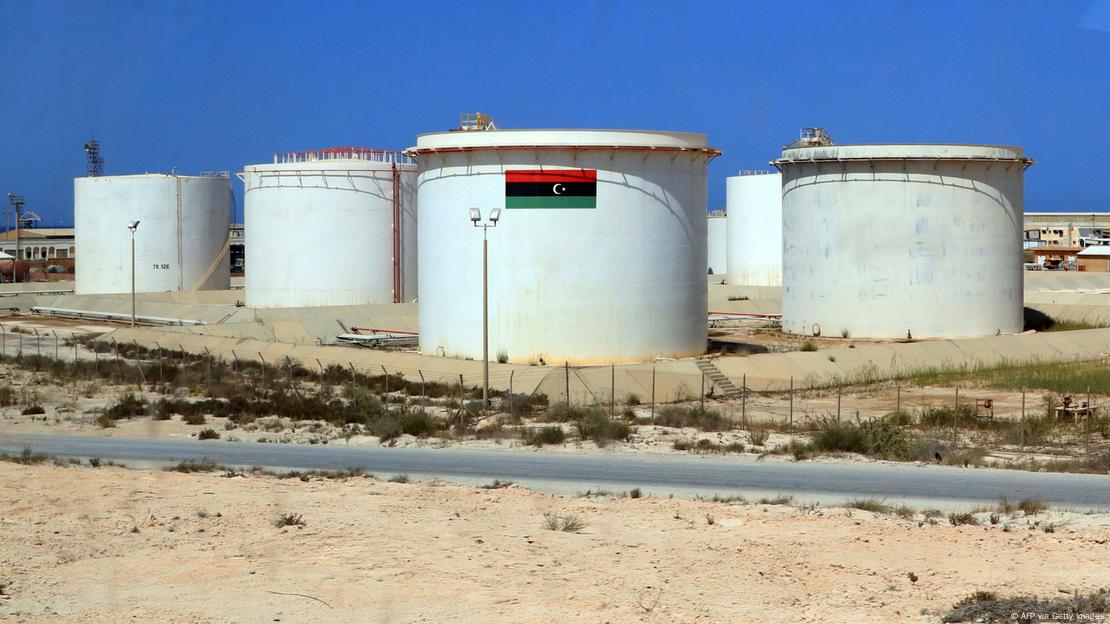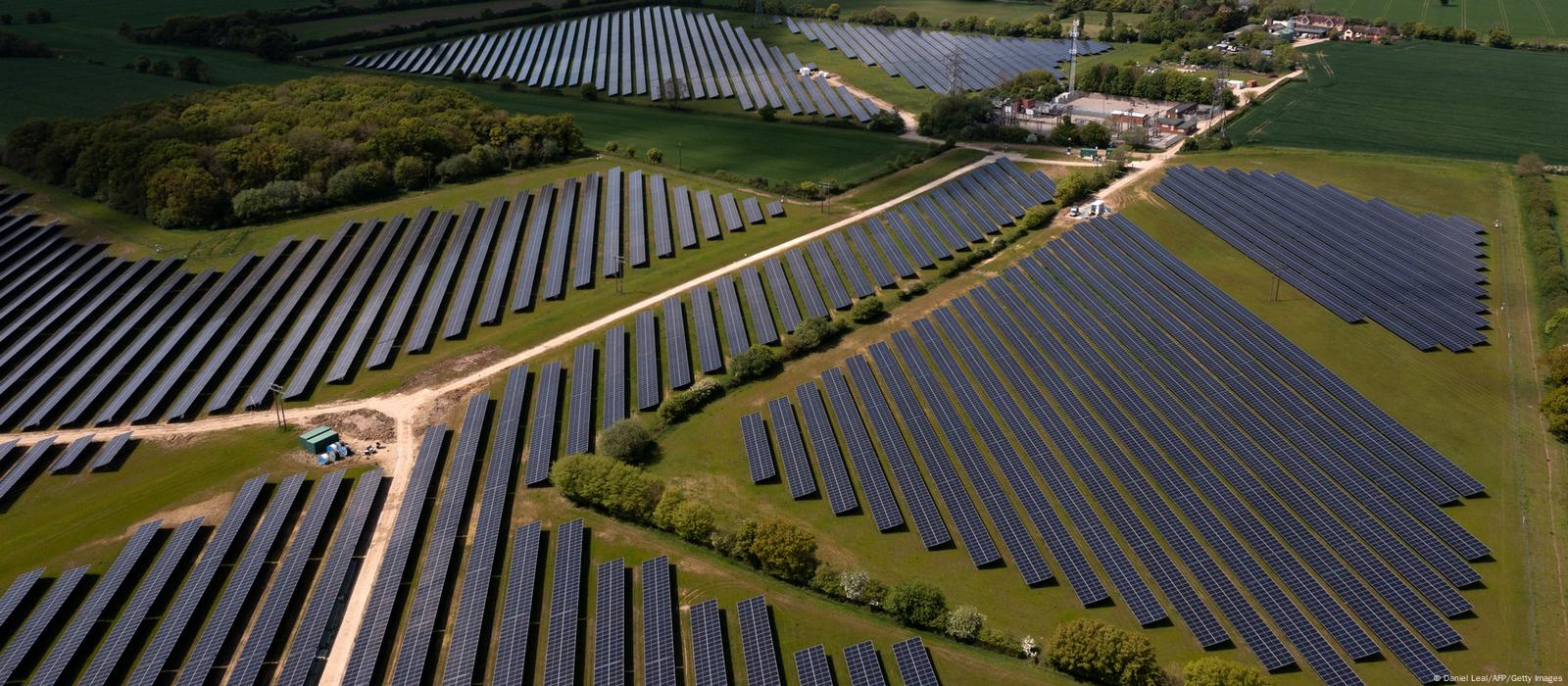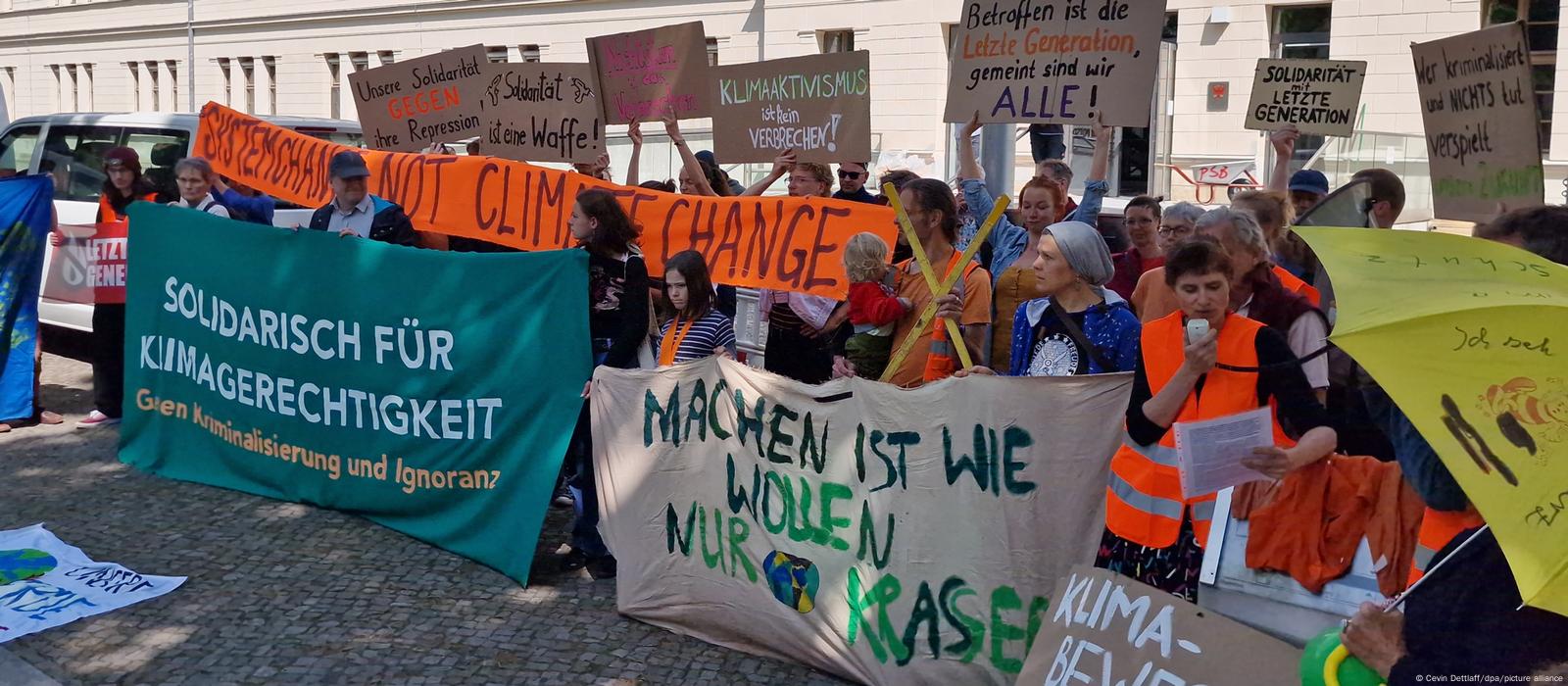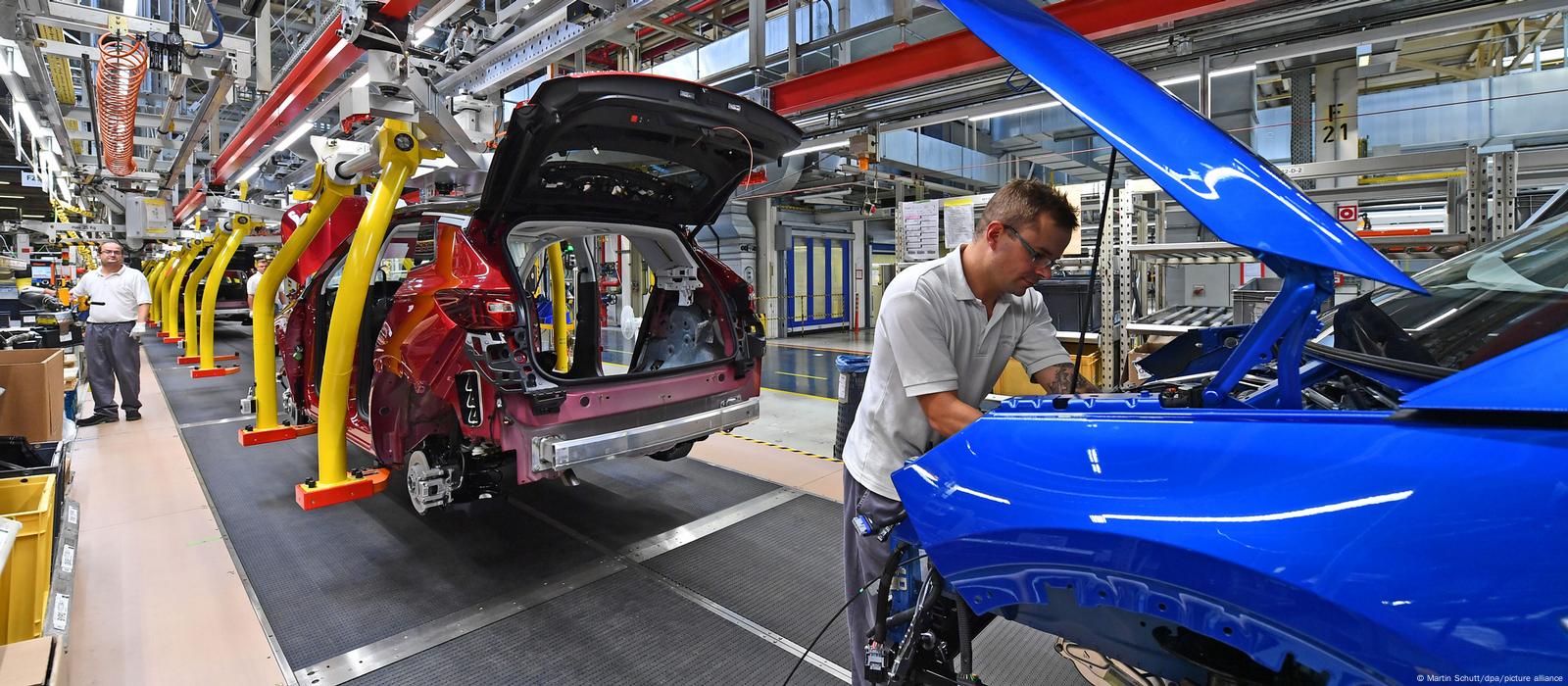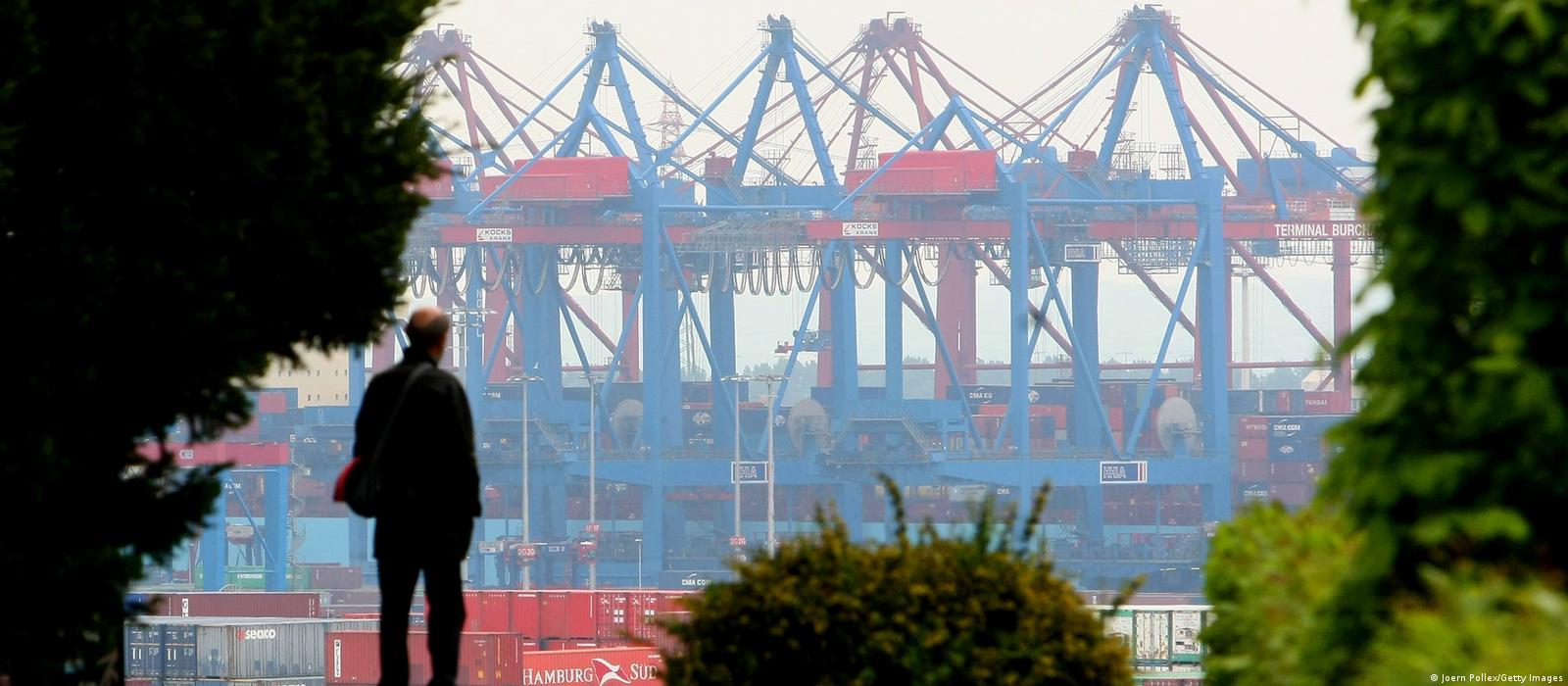Earlier this year, a new beer appeared on the menu at Fox City Brewing Company in Forsyth, Georgia. Opened three years ago in a former ice house an hour south of Atlanta, Fox City serves pale ales, stouts and other microbrews. The new addition, called Revival Lager, stands apart from anything it’s made before — and from nearly every other beer on tap in the U.S. Fox City’s menu calls it a “light, crisp, eco-friendly lager made from highly repurposed and recycled water.” This is a delicate way of saying that it’s made from treated sewage.
“We flower up the verbiage a little bit, to make sure people try it,” says Chris Bump, the brewer at Fox City, sitting in the taproom on a Tuesday afternoon in March. When a waitress brings over two pints of Revival, Bump, a 35-year-old Georgia native with tattooed arms, a full beard and floppy baseball cap, raises a toast before we both take a sip. It is, as advertised, a refreshing, easy-drinking beer.
Bump did not wake up one morning and decide to try brewing a beer with recycled wastewater. The idea came to him via the Canadian water technology company H2O Innovation, which operates a sewage treatment plant in Forsyth and wanted a beer to serve at the annual symposium of the WaterReuse Association. Held this year in Atlanta, the event brings together hundreds of utility leaders, engineers and scientists to discuss the state-of-the-art in recycling water. A few hours after I shared a pint with Bump, cans of Revival would be served at a symposium party at the Georgia Aquarium, where self-professed “water nerds” mingled while manta rays and beluga whales swam behind glass walls.
Fox City is not the first microbrewery to be enlisted in the cause of “potable reuse,” the industry term for reintroducing treated wastewater into a drinking-water supply. Utilities have spent decades trying to convince US cities and towns that drinking recycled water is safe, but proposals for so-called “toilet-to-tap” systems have stirred up resistance and backlash. In response, advocates are increasingly turning to beer as a go-to strategy for helping consumers overcome the yuck factor. And as more cities find themselves squeezed between growing populations and drought-stressed water supplies — making potable reuse a more attractive, if not inescapable, option — wastewater beers are likely to proliferate in the years ahead.
“If you give somebody a glass of water and tell them that it's been purified from wastewater, more than likely one person out of two will not drink it,” says Guillaume Clairet, chief operating officer at H2O Innovation. “But if you convert that same water to beer, then all of a sudden nine out of 10 will.”
IN TREATMENTThe water Bump used to make Revival came from the northwestern edge of Los Angeles, where the Las Virgenes Municipal Water District recently opened a small demo facility as a showcase for the public to learn about potable reuse. Las Virgenes depends entirely on water from the California State Water Project, a 700-mile system of canals, dams and pumps that transports fresh water from the northern part of the state. After that water passes through toilets and drains in the district, it goes to a traditional waste treatment plant; from there, it’s either discharged into a local creek (and eventually into the Pacific Ocean) or sent through specially designated purple pipes to irrigate parks and golf courses.
Three years ago, Las Virgenes began piping a small fraction of the plant’s outflow — about 1 million gallons a day — into the demo facility, where it is put through the additional steps of ultrafiltration (UF), reverse osmosis (RO) and an ultraviolet-advanced oxidation process (UV AOP) to be brought up to state’s standards for recycled drinking water. Each step in this alphabet soup of water tech removes increasingly small contaminants, from bacteria to viruses to salts and hormones.
“The reuse industry is about belts and suspenders,” says Clairet at H2O Innovation, which makes the UF and RO equipment used in Las Virgenes.
When the WaterReuse Association suggested brewing a beer for its symposium, Clairet, who sits on the planning committee, took on the job of figuring out how to do it. He had hoped to get the water from the onsite treatment system at a hospital in Atlanta, which uses H2O equipment to recycle wastewater for heating and cooling, but Georgia state law lacked a framework to allow it to be used for drinking. So once Fox City was on board, Clairet called his contacts at Las Virgenes, who agreed to supply the water.
In January, Las Virgenes put a half dozen 55-gallon drums of purified water on a truck to Forsyth, where Bump pumped it into his hot liquor tank — the first step in the beer-making process — and got to work. He had wanted to brew something more exotic than lager, but Clairet and the symposium’s organizers insisted on a straightforward beer that highlighted the water’s purity. (Hazy and funky are not necessarily desirable traits for a brew meant to counter people’s associations with sewage.)
“I really enjoy making sour beers,” says Bump. “But the more I thought about it, that's probably not the best thing. So I think they made a good call there.”
PITCHING POTABLE RESUSE
The idea of making beer with recycled water originates with a brewer in Oregon named Art Larrance. Now retired, Larrance is co-founder of Cascade Brewing and a pioneer of the state’s craft beer industry. For years, he sat on the advisory committee for Clean Water Services, a utility in suburban Portland that treats about 70 million gallons of wastewater per day, most of which gets discharged into the Tualatin River. At a meeting in 2014, the utility’s management asked the committee to help think of ways to demonstrate that this water was safe to drink. “I said, ‘Well, let's just go make some beer with it, if it's that good,’” recalls Larrance.
Clean Water Services decided to host a competition among local homebrewers to make beer with its effluent. When the state’s department of environmental quality called a public meeting about the idea, it immediately drew national attention. “I probably got 100 media phone calls in the first 30 days,” says Mark Jockers, then public affairs manager and now chief of staff at the utility. By the time the competition happened in the summer of 2015, more than 400 news outlets had covered it.
That coverage included plenty of wisecracks about sewage and toilets, but it was also, by and large, the kind Clean Water Services had been aiming for. Most stories, according to an analysis commissioned by the utility, presented potable reuse in a favorable light. Jockers says the stunt successfully delivered the message that water-recycling technology is well-established.
Last fall, a study by researchers at Stanford and the University of Illinois at Urbana-Champaign found that recycled wastewater was as clean, if not cleaner, than the surface-water sources that supply many cities. Recycled water’s recent history as sewage, paradoxically, means that utilities and regulators tend to put it through more rigorous treatment and testing than water from rivers and lakes, which, more often than not, includes the outflow of wastewater treatment plants. This reflexive bias makes recycled water some of the safest you can drink.
Namibia, one the most arid countries in sub-Saharan Africa, has been recycling water for more than 50 years. (Lucas Van Vuuran, one of the scientists who helped develop the first plant there, also coined a favorite slogan of potable reuse advocates: “Water should not be judged by its history, but by its quality.”) Singapore, a similarly water-stressed country that depends on neighboring Malaysia for its supply, has also been recycling water for decades; its water agency collaborated with a local brewer to sell beer made with treated water. Both countries employ so-called direct potable reuse (DPR) systems, where treated water is piped directly back into the drinking supply.
In the US.., such systems have proven to be a hard to sell. The largest water recycling plant in the world is in Southern California. Opened in 2008, the Orange County Water District’s Groundwater Replenishment System can treat up to 130 million gallons of wastewater per day, enough to meet the needs of nearly 1 million people. For now, that water is used to help refill the aquifers that supply the region.
This type of system, known as indirect reuse, puts an environmental buffer between treated water and drinking pipes. It serves as both quality control check and psychological crutch, allowing consumers to imagine pristine mountain brooks instead of bubbling tanks of sewage. For Clean Water Services’ first beer competition in 2014 — before the utility had Oregon’s permission to provide treated water to brewers directly — it took water from the Tualatin River, just below where its treatment plant discharges, in a deliberate attempt to illustrate the flimsiness of the environmental buffer.
“We call that the waters of amnesia,” says Jockers. “You put the effluent in the river, and then you take it out, and magically, it's [drinking] water.”
In 2013, the drought-prone West Texas town of Big Spring began running the first DPR system in the US. But even there, the water flows into pipes where it mixes with the supply from local reservoirs and is then treated again before being delivered to homes. El Paso, about 300 miles west of Big Spring, is planning to skip this final redundancy with a DPR system, set to begin operating in 2026, that can provide up to 10 million gallons a day of drinking water. The city hasn’t made a beer yet from its pilot plant, but it plans to, says Gilbert Trejo, vice president of operations and technical services for the local water utility, El Paso Water.
'ACTIVATED SLUDGE'
Since Clean Water Services’ success in Oregon, recycled water brewing projects have spread to cities in California, Colorado, Arizona, Idaho and elsewhere. Beers with names such as Activated Sludge and One More Time Around have become a regular fixture at water engineering conferences and craft brewing festivals. Nearly 100 breweries have made recycled beers, according to Travis Loop, organizer of the Pure Water Brewing Alliance, a group of utilities, brewers, engineers and tech companies involved in these projects. “People always love to sit down and share a beer and talk,” says Loop. “And about 90% of any beer is going to be water, so it just makes a lot of sense.”
Ironically, it was a macro-brewer that helped create the taboo against recycled water. After a particularly bad drought in the late 1980s, a utility in Southern California’s San Gabriel Valley put forward a plan to replenish its underground aquifers with recycled water. Miller Brewing Company (now part of Molson Coors) at the time drew 1 billion gallons of water per year from the same reservoir for a local plant. Afraid of what customers might think, the beermaker joined public opposition to the plan — helping coin the term “toilet-to-tap” and suing regulators, who shelved the project.
That fight — and the term that sprang from it — has created an ongoing headache for cities looking to adopt water recycling plans. In El Paso, says Trejo, residents often take “toilet-to-tap” literally, imagining a pipe from their toilet to their sink with maybe a charcoal filter in between.
For most Americans, water simply appears when they turn on the tap and disappears down the drain as if by magic. They don’t think too much about what happens before or after because they don’t have to. “I call it the flush-and-forget society,” says Aaron Tartakovsky, co-founder and CEO of Epic Cleantec, a San Francisco startup that designs, installs, and runs on-site water-recycling systems for apartment buildings and businesses. “This entire infrastructure is very literally out of sight out of mind. And that's a problem.”
In Tampa, Florida, where city leaders have been searching for ways to meet growing demand for water without draining local rivers, plans to replenish reservoirs with recycled water instead of letting it flow into the Bay have repeatedly run aground due to lack of public support. The most recent proposal last year came under attack as part of a failed effort to unseat the city’s Democratic mayor, Jane Castor, who supported it. The Tampa Bay Young Republicans produced an ad that used the “toilet-to-tap” label and showed a mother and daughter who pretended to be excited to drink glasses of brown “potty water.”
This weaponization of potable reuse has been a setback in efforts to educate the public about recycled water, Brian Armstrong, executive director at the Southwest Florida Water Management District, told the audience during the WateReuse Symposium in March. “Right now, the only way to get people to drink this is when we put it in beer,” he said, only half-joking.
In San Francisco, Tartakovsky has also found beer to be a useful conversation starter. Last year, Epic Cleantec took more than 2,000 gallons of water from its on-site purification system at a 40-story apartment building in the city’s Mission District and delivered it to Devil’s Canyon Brewing Company in nearby San Carlos, which used it to make a Kolsch-style ale called Epic OneWater Brew. The idea was to show regulators and industry folks that the company’s technology produces water clean enough to drink.
In 2015, San Francisco became the first city to require new large buildings to have on-site water reuse systems, but for now, those systems are limited to non-potable uses such as flushing toilets. Tartakovsky hopes the city — and others — will clear the way for on-site potable reuse.
At the United Nations Water Conference in New York in March, Tartakovsky made the rounds passing out cans of OneWater Brew, including to executives at AB InBev and other global beer brands. “I can tell you right now that we are already having conversations with some of the biggest brewers in the world about doing water reuse within their existing operations,” he says.
Back in Forsyth, Revival Lager sold out in April. Fox City set the price at $4 per pint, the cheapest on the menu, in part because the water was free. “Everybody seemed pretty willing to accept it and try it,” says Bump. “You can’t beat four bucks.”
